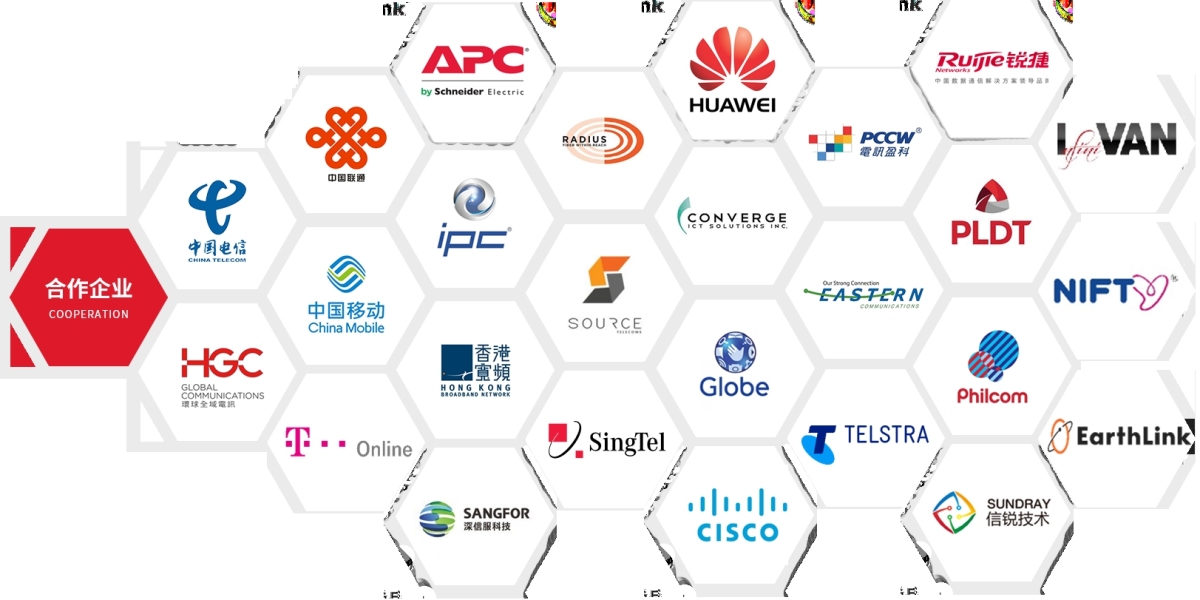Understanding The Key Customer Benefits for 5G RedCap
When talking to IoT clients, it’s clear that while 4G LTE has served us well and is not necessarily going away tomorrow, the need to start looking ahead and plan for a technology that will allow for deployments lasting for the next 10+ years, is becoming more timely. Migrating IoT devices and platforms to support the latest 5G networks is critical to this longevity, yet making the leap to full 5G isn’t always practical due to the high costs and overabundance of features that many IoT applications simply don’t require.
This is where 5G RedCap hits the sweet spot. It addresses these pain points by offering a cost efficient, streamlined version of 5G that retains many of the essential benefits of being on a 5G core - like higher bandwidth, lower latency, network slicing and robust connectivity—without the drawbacks of excessive power usage or unnecessary complexity. Customers in sectors like manufacturing, logistics, and smart cities are finding that RedCap perfectly aligns with their needs for reliable, efficient connectivity without overburdening their resources.
Key Application Scenarios for 5G RedCap
Like any technology, RedCap’s success will be driven by the success of its use cases, and I believe the potential of RedCap is vast. Below are just some examples of the early use cases that we are seeing today:
AR/VR Wearable Devices: Augmented and virtual reality devices, particularly in industrial settings, benefit greatly from RedCap's low-latency and reliable connectivity. Whether it’s for training simulations or remote assistance, RedCap offers the necessary bandwidth while optimizing battery life.
Industrial Sensors and 5G CPE: RedCap is also making waves in industrial environments. It facilitates the deployment of sensors, machine to machine communication, and automated systems that require continuous connectivity to relay data in real-time, ensuring operations are streamlined, allowing for quick decision making and reduced downtime. Additionally, 5G CPEs utilizing RedCap can deliver a cost effective, robust connection, especially in areas where fiber optics aren’t feasible.
Smart City Applications: In the realm of smart cities, we are seeing RedCap enabling advanced solutions like environmental monitoring, traffic and waste management, as well as disaster alert systems. By providing consistent, low-power connectivity across a vast number of devices across the city, it supports real-time data analysis and rapid response mechanisms, which are crucial for urban management and safety.
Healthcare: The healthcare industry is witnessing a surge in IoT applications, from wearable devices to remote patient monitoring systems. RedCap offers the reliability and power efficiency needed to support these devices, ensuring that critical health data is transmitted securely and without delay. This is particularly important for remote or elderly patients who rely on continuous monitoring.
Remote Monitoring: In the energy sector, RedCap technology will be essential for smart grid, remote monitoring inspections. RedCap modules enable the real-time transmission of HD videos with millisecond latency while conserving power for terminal devices such as drones, patrol robots.
Expanding IoT Applications and Future Prospects
The introduction of 5G RedCap is not just about solving current connectivity challenges; it’s about expanding the horizons of IoT applications and accelerating the commercialization of 5G. Here in North America, we will start seeing RedCap deployments later this year and ramping up from 2025 onward.
Looking even further ahead, there is enhanced-RedCap, or eRedcap, that is part of the 3GPP Release 18 standard. eRedCap will look to further expand the 5GIoT landscape by providing even more advances in power efficiency, reduced complexity and cost. eRedcap will target solutions currently running CAT1 or below, and we can expect to see eRedcap solutions start appearing from 2026/27 onward. I’ll look forward to publishing a blog post on eRedCap in the future.







